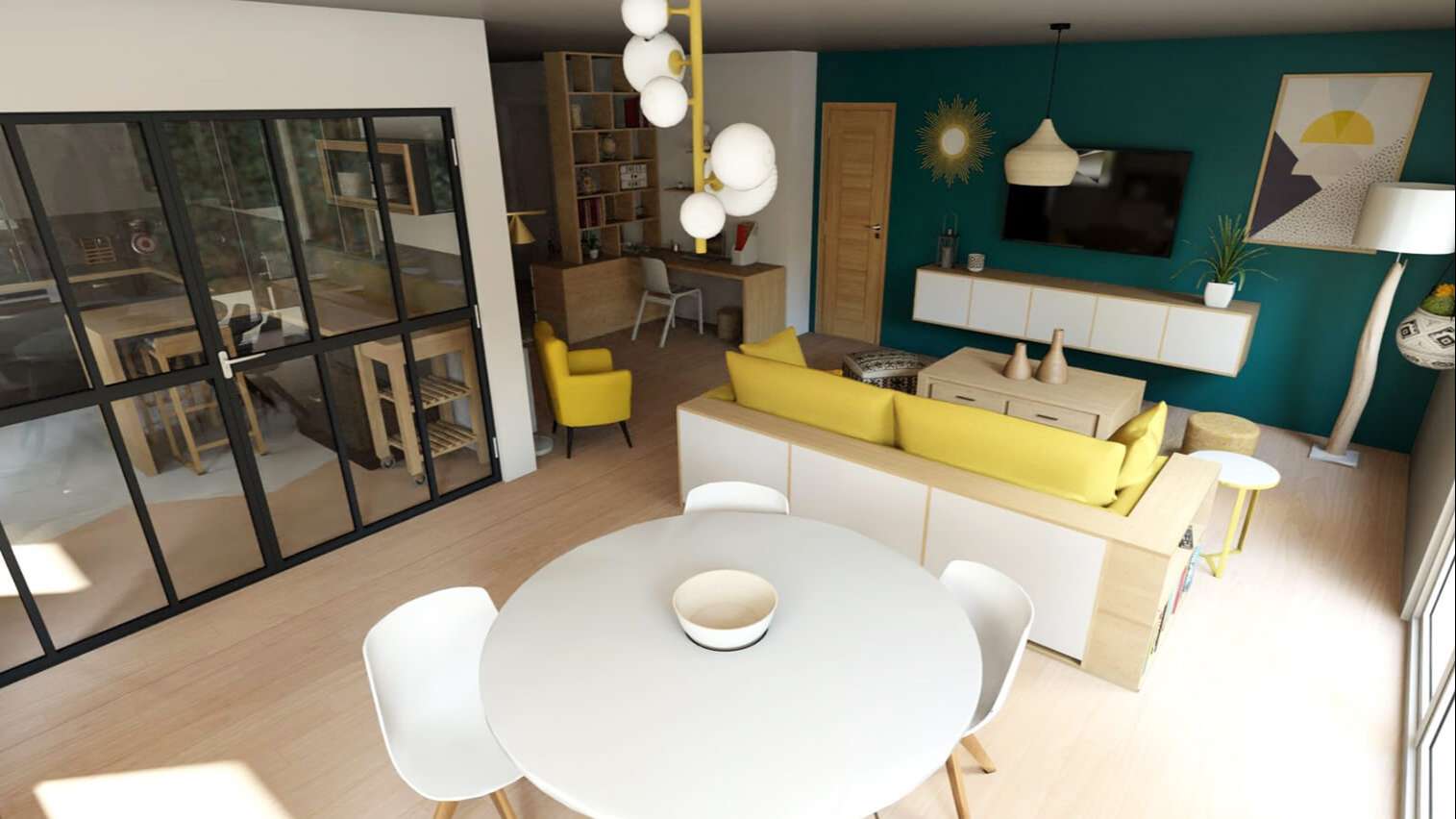Catalysts that are shaping the home retail industry
The home improvement market is extremely competitive and evolving rapidly,
thanks to catalysts such as technology innovation, volatile high street trading conditions and shifts in consumer confidence. Retailers are constantly seeking the next ‘big thing’ or trend that will transform their business and give them competitive advantage.
This new digital age in home retail has removed one key luxury that retailers used to enjoy: and that is time. Products need to hit the market quicker than ever before to satisfy an unquenchable consumer thirst for all things ‘new’. Trends and collections are no longer seasonal but need to launch continuously throughout the year, with brands that don’t keep up risking labels like ‘outdated’ and ‘static’.
As a result, retailers from all sectors are under more pressure than ever to deliver exceptional customer experiences against a backdrop of margin pressure, thanks to increasing operating costs and fierce competition. Ultimately, understanding the key catalysts that are affecting the market is critical to staying relevant.
Here are the key trends shaping the home improvement retail sector.
Increases in consumer confidence
The Global Consumer Confidence Index reported a global increase in consumer confidence in 2019, with 28 out of 64 markets showing improvements in confidence levels. Major economies such as France, South Korea and Turkey grew strongly with geopolitical uncertainties in markets like the United Kingdom exerting a temporary dampening influence.
This means that while consumers are ready to spend, they are shifting towards a more considered and price-savvy approach. This has led to cutbacks on discretionary expenses with a focus on high impact larger value purchases such as home renovations that can significantly increase the value of properties and improve consumers’ quality of living. With the home improvement market set to exceed US$1,120 billion by 2025, consumers are predicted to continue placing higher emphasis than ever on their immediate surroundings, creating great opportunities for further sustained growth in the market.
Price-sensitive and tech-savvy consumers are generally more prone to a DIY approach. Home retailers can appeal to these consumers by offering added features online that allow them to take more control over the home improvement process, comparing prices easily and conveniently without the hassle of repeated store visits. Tools that allow them to minimize risk in purchase will also be extremely effective. This can be complemented with the expertise of in-store staff, who can work with customers to fill in the gaps and offer valuable guidance and reassurance.
Redefining the in-store experience
The role of the bricks-and-mortar home retailer is being reimagined. Now focused on displaying the widest range of products possible, stores must reinvent themselves so that they can use staff expertise and technology to deliver an experience that gives greater value to the consumer. The key is not to be a ‘physical catalog’ but rather to use physical stores to present concepts and offer added value. Offering consumers an experience that both complements and works alongside online channels rather than in competition, with consumers able to move seamlessly from one to the other for optimum convenience, will be key.
The rise of experiential retail concepts is a great example of shopping experiences that consumers can truly enjoy. By offering unique in-store experiences such as pop up events, product testers to ‘try before they buy’ and immersive technology such as 3D planning solutions and augmented reality, consumers are not only more inclined to visit stores, but also to stay there longer.
Data-driven insights to move from transaction to prediction
For home retailers seeking to transform their customer relationships from transactional and reactive to predictive and proactive, big data and analytics must be top priorities. Online solutions such as 3D planning can provide crucial insights into buyer preferences and behaviors. These must be harnessed through analytics to create personalized product recommendations. This data must also be used in targeted marketing campaigns to achieve the highest impact and resonance due to the hyper-relevance of the content.
Data also assists with retail optimization. By building up profiles of customer preferences, using insights generated by online shopper behaviors (such as the products selected within 3D design ideas) retailers can optimize catalog creation and product stocking strategies in a much more agile manner. Resulting in extremely tailored and curated product ranges.
A global increase in uptake of home improvement, and ‘improve-don’t-move’ mentality, is encouraging for home retailers. Tech-savvy consumers who are keen to undertake home design allow retailers to offer personalized solutions and meaningful interactions. The race goes on for retailers to fully explore the benefits of disruptive technology such as 3D planning solutions that will ultimately position them as the thought leaders in a market that never stops evolving.
To further explore how a 3D planning solution can add a competitive advantage to your home retail business, visit our website built specifically to serve home retailers where you can organize a demonstration of the platform with a member of our team of experts.
